Wine Route Tours: Exquisite scenery, historical buildings, gorgeous company, fabulous restaurants, educational tours, and wine tasting in the wine estates.
Exploring a wine route tour is a great way to experience the beauty of the countryside and sample some of the world’s finest wines. Whether you’re a novice or an experienced wine connoisseur, it can be an enjoyable and unforgettable experience. To make sure your wine route tour is as enjoyable and successful as possible, there are some important tips to keep in mind. From choosing the right route to making sure you know the basics of what you are doing, these tips will ensure that you have the best time possible while exploring the world of wine.
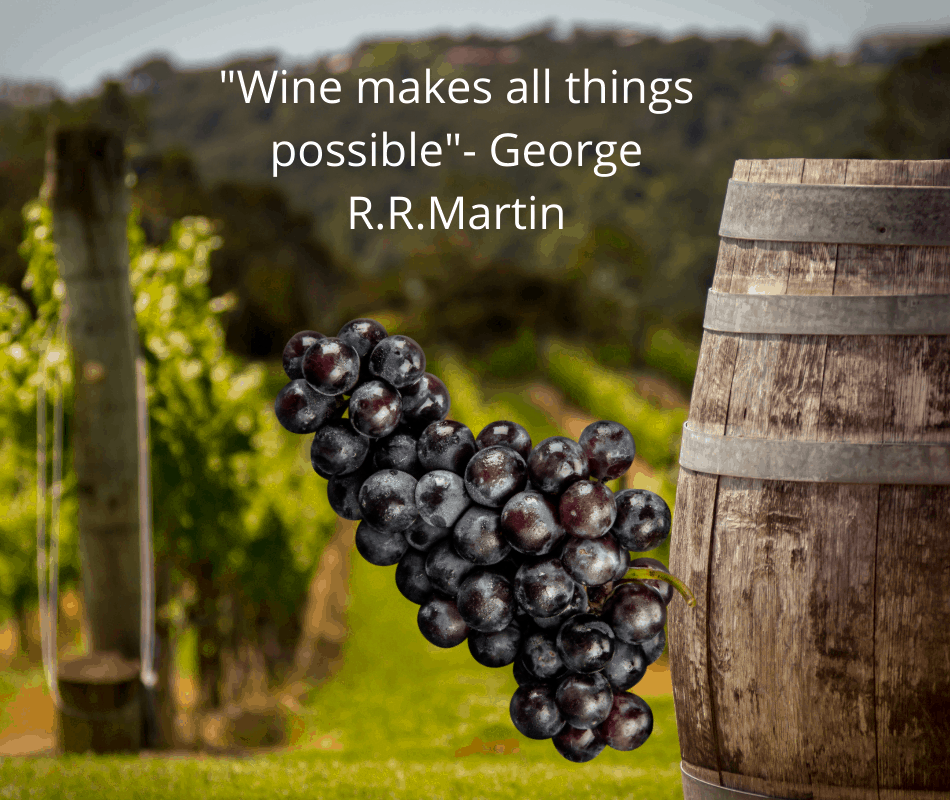
Content
- The best countries that have the most favoured wine tours & wine routes
- Words you should know before the tour
- Do you know why white wines are different to red wines?
- 9 different types of wine you should know
- Which glass goes with which wine
- Interview with Colleen Mes a truly qualified wine tour guide and operator
- Amazing Wine Tours
The best countries that have the most favoured wine tours & wine routes
A total of 61 countries now produce wine around the world. Each one with unique aromas and tastes. A large selection to choose from, but the following list is a must, to at least encounter a few. I know retirees who have made it their mission to venture out to as many vineyards throughout the world as they can. Each one has its own inimitable encounter.
The study of viticulture, which is the study of grape cultivation, has been going on for thousands of years and viniculture has bred from generation to generation, masters in their field. Viniculture is not only a science of the grapes for winemaking but requires a deep understanding of the whole horticulture and fermentation process, to create the best taste for enjoyment and saleable purposes.
- South Africa in the Western Cape
- Italy especially around Tuscany
- France in Provence and Bordeaux
- Germany in Rhineland
- Portugal in the Douro Valley
- Greece Crete or on one of the islands called Santorini
- Australia in the Yarra Valley
- New Zealand in Marlborough
- The United States of America in California in the Napa Valley
- Switzerland in Geneva
“There must be always wine and fellowship or we are truly lost.”
Ann Fairbairn
Words you should know before the tour
Don’t be like me when I went on my first wine-tasting tour, an absolute idiot! It is not that I mind being looked at as an idiot, but I think if I had known a bit more about the occurrence, different wines and terminology, I would have appreciated the whole initial experience so much more. Remember there are many different terms used in this industry. Don’t even try and learn them all, but a few will most certainly help.
I was totally ignorant of different wines, and did not understand any of the “lingoes”. I most certainly learnt a great deal, but only afterwards did I do research on words and different wines when I returned.
“When you describe a wine, ask these questions: Do tannins immediately coat the mouth, or do they appear slowly? Do they dominate the wine, or are they matched by freshness and fruit? Are they integrated and gentle, or assertive and harsh?”
the WineEnthusiast
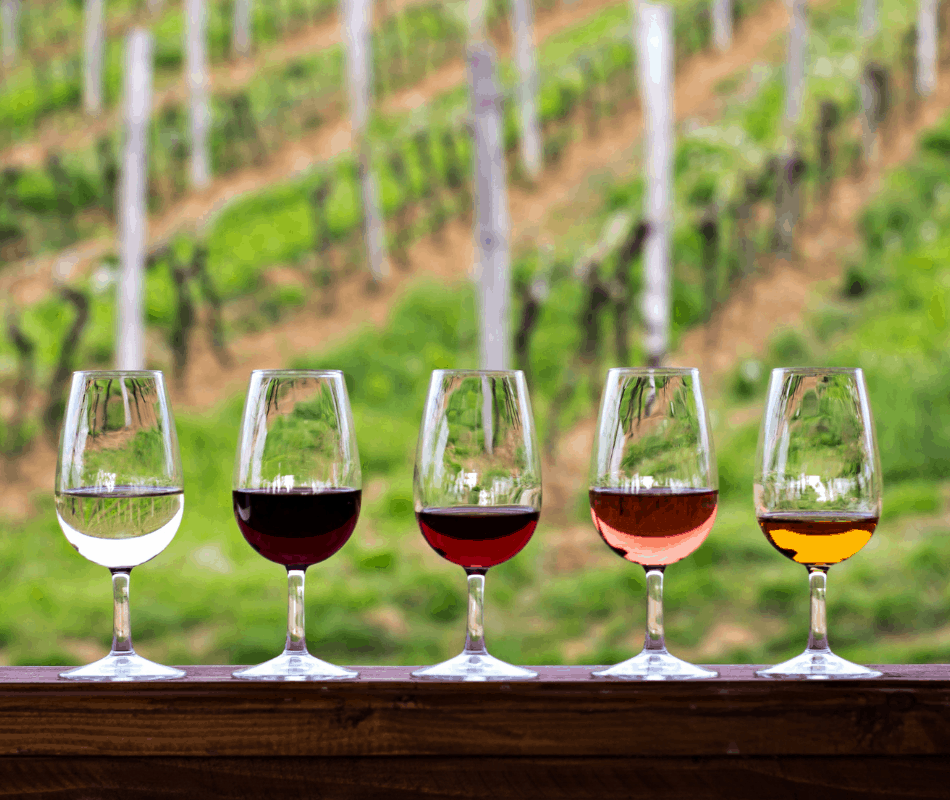
Sommelier – is a wine steward and a person who is a professional in the fine wine industry. They are extremely knowledgeable and have studied the industry.
Fermentation – this is the process where sugars are turned into alcohol
Aged wines – bottles that have been cellared. Wines that can age are of high quality as they get better with cellaring.
Aroma – the scent of the wine.
Attack – the initial taste of the wine when it enters the mouth.
Oaky – wines that are said to be oaky often smell of vanilla
Oenology – the study of winemaking and wines
Open Top Fermenters – these are used mostly for red wines. A tank or vat that has an open top.
Vat – a vessel that is used for fermentation. Can be made from stainless steel, oak or cement.
The sweetness of wine – is not determined by the variety of grapes, but by the way, it is produced. Tannin – all plants have tannins, normally to make themselves unpalatable. It is the “texture” the wine gives you when you have that first sip. Some foods have desirable tannins and can be very pleasant if managed well, especially in winemaking. When the wine has a pleasant amount of tannins, it is described as “grippy”. “Green” tannins are unpleasant and “polished” or “elegant” tannins are pleasant and have a very fine texture. “Resolved” tannins refer to mature wines which are no longer astringent, but smooth and soft.
Bitterness – refers to the taste
Astringency – refers to wines that leave a rough, drying or coarse sensation in the mouth. Therefore have high tannin levels.
Woody – these wines have strong aromas of vanilla, coffee or smoke. They feel dry in the mouth. This oaky aroma is the influence of the oak barrel on the flavour and texture of the wine.
Vintage – this refers to the year the grape is harvested.
Vigneron – this is a French term used for a wine grower or winemaker.
Length – this is the time the wine you are tasting remains in your mouth and on your palette. A good wine will have a longer length.
Nervous – wines have higher levels of acidity and brighter flavours.
Pairing – When you combine the correct wine with the correct food. Which two go best together to increase the experience?
Perfume – all wines have perfumes
Champagne – is a French sparkling wine. Champagne is only allowed to be used in the Champagne region of France. In other parts of France, they refer to it as “Cremant”.
Chardonnay – white wine grape that is regarded in the industry as the most popular
Body – this refers to the viscosity of the wine. Light-bodied wine is rather like water and full-bodied wine is thicker.
Notes – can refer to aromas and flavours or both
Acidity – this is the fresh, tart or sour attributes of the wine.
Dry – When all the grape sugar during fermentation has been converted to alcohol
The different types of wines I will discuss now. It is wise to be familiar with these terms used and you will have a further, deeper understanding of the type of wine you will be tasting. Also which wine to pair with different foods?
Do you know why white wines are different to red wines?
The prime reason is because of the skins of the grape and the tannins. Red wines only come from red grapes so only red grapes that ferment with their skins for longer periods become red wine with higher tannins. Even red grapes are white inside. You saw the definition for “tannin” above. A very important word that is used repeatedly in wine tastings. A good word to remember.
Wines that ferment with their skins for long periods become red wine with a higher tannin. More texture. Either smooth, leathery, soft or rough. If the wine is very dark it has a higher tannin. Not wise to drink red wine chilled as this affects the tannins. They taste bitterly chilled.
White wines are known for their acidity and only a little tannin. Wine lovers will say this white wine is crisp or tart because of its acidity. The ones that do not have sufficient acidity are called by the experts “flat”.
Rose wine has been allowed to ferment with the skins, but not for long periods and they do not have many tannins. These wines are also known as “blush” wines.
Sparkling wines are sparkling because carbonation has taken place. This can occur via fermentation or carbon dioxide which is added after fermentation.
Dessert wines are generally consumed after the main course with dessert. Alcohol is added to the wine so it can retain more of the natural sugar.
“Wine has been a part of civilized life for some seven thousand years. It is the only beverage that feeds the body, soul and spirit of man and at the same time stimulates the mind…”
Robert Mondavi
Now you have a basic understanding of wine terminology. This is really elementary, but just knowing these points will assist your experience immensely. As you are going from vineyard to vineyard, you will be presented with different types of wines for you to taste, admire or dislike. Knowing these types will enlighten you and your understanding as you bring the glass to your lips.
9 different types of wine you should know
Read the label! This will give you clarity on what you will be tasting and these are the most relevant things you should know. The label will tell you:
- The name of the vineyard
- Which region the wine is produced in
- Vintage
- Variety of grape
- Alcohol level
- The sweetness of the wine does NOT appear on the label
“A meal without wine is like a day without sun”
Anthelme Brillat-Savarin
Before the harvest, the winemaker will have a pretty good idea of in which direction he or she will go.
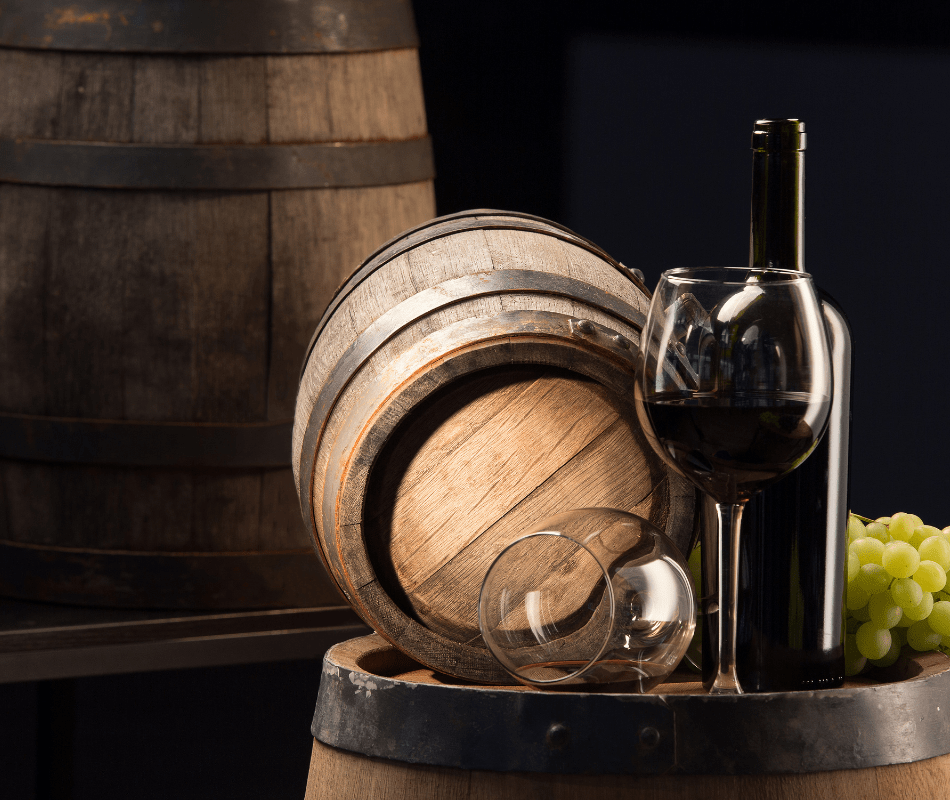
- Full-bodied red wines
- More tannins
- Generally higher in alcohol – more than 13.5%
- Comes from grape skins
- Richer mouth feel
- Aroma is spice, leather or dark fruits
- The pairing of foods – should be bold like the wine. Red meat
- Stored in wooden barrels
- Examples are – Cabernet Sauvignon and Merlot
2. Medium-bodied red wines
- Medium amount of tannins
- Colour and tannins come from the grape skins and pips
- Comes from grape skins
- Viscosity thicker than light-bodied red
- Aroma is fruity
- The pairing of foods – can go with any food
- Can be aged in oak barrels
- Examples are – Merlot and Cabernet Franc
3. Light-bodied red wines
- Fewer tannins and less presence on the palette
- Made from thinner-skinned and brighter grapes – fewer tannins
- Low viscosity
- The aroma is wonderfully fruity
- The pairing of food – best with cheese
- Examples are – Pinot Noir and Gamay Noir
4. Rose Wines – salmon pink colour
- Very low tannins
- Approximately 12%
- Comes from grape skins but the “must” is pressed and not included in the fermentation process
- The taste remains in the mouth, but the viscosity is thin
- The aroma is fruity and the flavour is fruity
- Perfect summer wine served chilled
- Paired with spicy foods
- Examples are – Domaine Tempier Bandol Rose and Nederburg Rose
5. Full-bodied white wines
- Lower tannins level
- 13.5% alcohol and above
- Have a second malolactic fermentation process
- Feels like full-bodied fat milk when you swirl it in the glass
- The taste is a distinct coconut and vanilla note
- Paired with cheeses, chicken and seafood
- Aged over 3 to 10 years
- Can be very expensive
- Examples are – Chardonnay and Viognier
6. Light-bodied white wines
- Crisp dry wines
- Alcohol under 12.5%
- Drink while still young
- Great to have in hot weather
- Fermentation takes about two to three weeks
- Tannins found in very small amounts
- Pairing with salad, sushi or a light snack
- Not expensive wines
- Examples – Sauvignon blanc and Pinela
7. Aromatic white wines
- Usually made with some residual sugar which balances the acidity and bitterness
- Sweeter wines
- Perfume and floral notes
- Very low tannins
- Pairing – choose a wine that is sweeter than the food
- Examples – Riesling and Muscat
8. Fortified Wines – Dessert wines
- The natural sweetness has been preserved
- Have higher levels of alcohol as some have brandy or grape spirits added
- Winemakers add spirits to increase the amount of alcohol – not Sherry
- Served in smaller glasses
- Consume less than other wines due to higher alcohol level
- Pair with desserts
- Examples are – Port and Sherry
9. Sparkling wines
- Most popular in celebrating an accomplishment and victory
- The name “Champagne” is reserved for sparkling wines made in the Champagne region. In the rest of France, it is referred to as “Cremant”
- In South Africa, the version of Champagne is referred to as “Method Cap Classique (MCC)”
- In Spain, it is called “Cava”
- In Germany “Skei”
- Other countries use Sparkling Wine
- Prosecco from Italy is not made in the same way as Champagne
- Bubbles are caused by secondary fermentation in a bottle or steel tank
- The amount of sugar that remains, after fermentation, categorizes the wine
- Paired with starters such as fish
Which glass goes with which wine
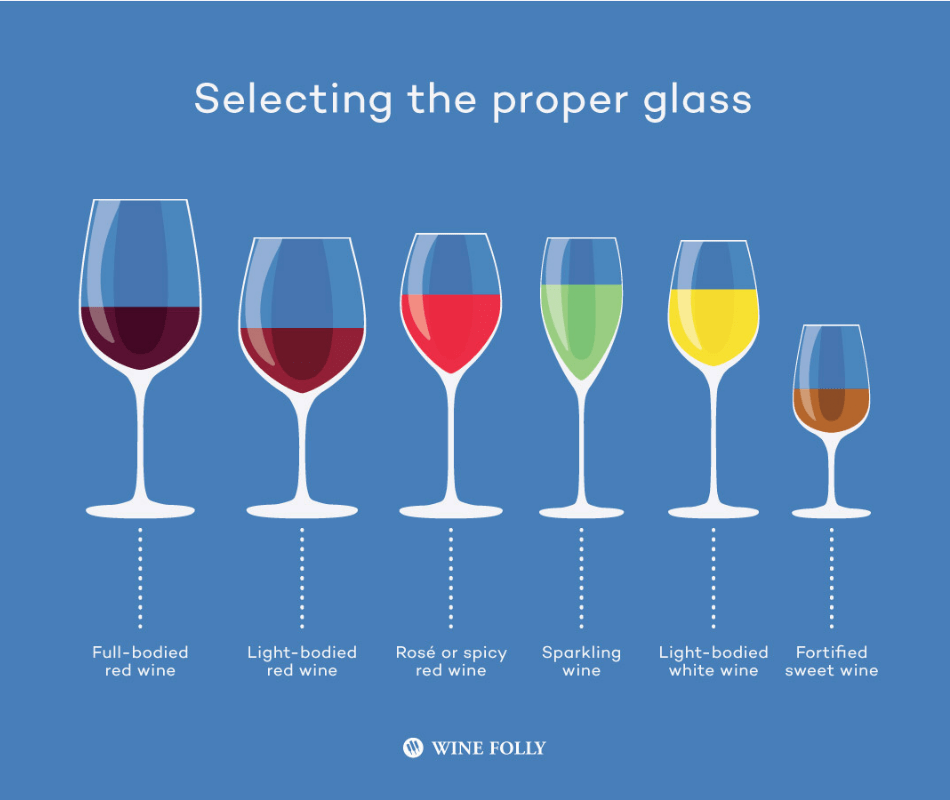
Wine Folly is a very informative sight on the different types of wine glasses. Oh me gosh, it is mind-blowing how many different types there are! All the different types of glasses are meant to give you true enjoyment for the different wines you can encounter and savour in your mouth. I find the above illustration wonderful for my limited knowledge and for my wine tour experience.
Interview with Colleen Mes a truly qualified wine tour guide and operator
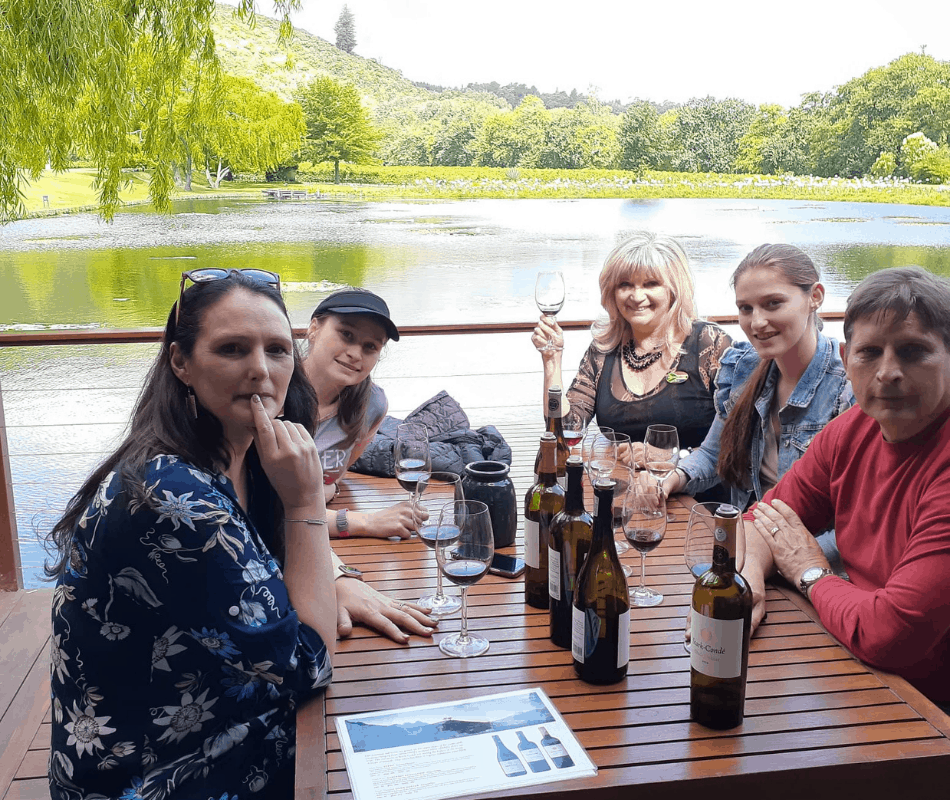
How long have you been a tour guide?
8 years
Why did you choose to be a tour guide in the wine industry?
The wine industry has always fascinated me, and being a Tour Guide has afforded me the opportunity to visit beautiful wineries and meet the incredible people that work there. Wine is my tipple of choice, so it all made sense!
Did you have to study to be a wine expert? And for how long?
I have done 3 wine courses through the Cape Wine Academy – these are short, intense courses designed for guides to be able to continue working while studying. I subscribe to a number of wine sites and have done a lot of my own research into the wine industry.
What is your relevant name as this expert?
I am a Specialist Wine Guide.
How many people do you take at a time on a tour? What is your preferred number?
We conduct group and private wine tours. With private tours, we generally only have 2 guests at a time. Group tours can be up to 12 guests, but generally, we keep the numbers lower to be able to focus on imparting knowledge to all of our guests. Personally, I prefer private tours, as it enables me to form a relationship with my guests and give individual attention to them.
When people come on tours with you, are they knowledgeable about wines?
A very small percentage of guests have comprehensive knowledge about wines, most people just enjoy wine and use the opportunity to learn more about wine. The guests with wine knowledge are always very welcome as it gives me the opportunity to use my knowledge and to learn from others.
Which type of wine estates do you prefer to take your guests to and why?
I prefer to take my guests to the family-owned boutique wineries, as the experience is less of a “bun fight”. Fewer guests, better quality wines and the opportunity to interact with the owners or winemakers make the experience much more pleasant.
For seniors is it better to go to one wine tasting or many in a day?
We generally only visit 4 wineries on a day tour with a break for lunch. I think that this is suitable for guests of all ages. There are companies that squeeze in 6 or 7 wineries on a day tour, but it becomes very rushed and we don’t conduct our tours that way.
Can you name a few examples of common questions you are asked? Especially by seniors.
Questions about the alcohol content of different wines are a question that comes up often. The significance of the use of different glasses for different wines. The difference between organic and biodynamic wines as opposed to the regular methods of growing grapes.
The use of oak barrels to mature wine as opposed to stainless steel tanks, how affects the flavour of the wine. A question that comes up often is how long one can keep wine, this depends on the method of wine-making and grape varietal.
Do you advise your guests not to drink a whole glass of each wine they taste?
Absolutely, the idea is just to taste the different wines and considering that one will taste an average of around 20 – 25 wines during the day, a few sips or spitting is recommended.
What is the duration of a common wine tour?
We normally have our guests on tour for about 7 hours – an hour or so at each winery, 2 hours for lunch and driving time in-between estates.
Can you name the most popular type of wine that on average people enjoy the most?
The most popular white wine is generally Sauvignon Blanc as it is light and fresh, and Cabernet Sauvignon for the reds.” Cabsav” as we refer to it is a full-bodied red wine and the most popular red wine globally.
What are the three proper wine-tasting steps?
The visual is the first step – is the wine clear and bright? The second step is the aroma of the wine – we sniff to get an idea of the aromas. The third step is the flavour of the wine – by swirling the wine in our mouths we get to all of the taste buds to get the proper flavour before swallowing.
The term “cleanse the pallet”, what on earth does this mean?
“Cleansing the palate” simply means removing the flavours from the previous wine tasted before moving on to another wine. This can be done by sipping water or eating a plain cracker before tasting the next wine.
Are there any other relevant points you could mention to us that could help prepare us for a wine-tasting tour?
It is important for guests to give the Tour Guide an indication of their preferences in wine, this enables us to tailor-make our tours to suit the different palates.
There are no stupid questions, people often feel silly about asking basic questions, but that is how we learn.
Sharing experiences from other wine countries as well as wine-making methods from other parts of the world is of great value to everyone on tour.
It always helps if the guests have done a bit of preparation, and read up on the various estates and districts to ask questions that are important to them.
The whole idea of making use of an experienced guide is to feel that you have learnt about the wine-making process and understand everything that goes into making a good bottle of wine. This makes people look at the product in a different way – you appreciate all of the hard work and expertise that goes into the process.
Amazing Wine Tours
Under my Recommended section, I have given you a must for different tours!
Look at these incredible Wine Tours you can go on in South Africa. These to me are the best in the world. I love the wines, cuisine and people.
Of course if in France you need to do a wine tasting tour. This is a must as Champagne originated here.
American wine-tasting outings can be very different. I especially like Malibu Wine Safari in Malibu, California. Also V. Sattui Winery. Do you know they make over 60 different wines?
Italy of course is so rich in culture and heritage. The vineyards are magnificent.
Australians love their wine and food. Wine tasting is a very sociable event and you will meet people from all over the world.
The Swiss are known for their chocolate, so make sure you do a wine tour that combines both. Also, the cheeses are incredible!
Portugal wine tasting is an experience of its own. Not wise to go during November and December as these are the rainy months. Often the wine tours take you on a river cruise, so you need the drier weather.
“Wine makes every meal an occasion, every table more elegant, every day more civilized.”
Andre Simon
If you have been on an amazing wine tour, anywhere in the world, please share and suggest this tour with others in the comments below.
Recent Posts
Discover insider tips to find cheap flights from the UK, save on easyJet, Ryanair & BA, and score the best weekend and last-minute deals. Why You’re Paying Too Much for Flights Most UK...
Discover the sounds of travel, from laughing kookaburras to market chatter, church bells to ocean waves - a journey heard as much as seen. It always starts with a sound. The other day, walking...

